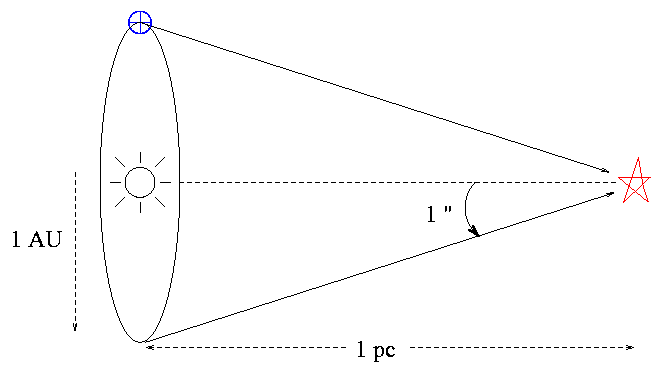

In astronomy, because of the great distances under consideration, additional units are used for convenience.Īn astronomical unit (AU, au, a.u., or ua) equals 149,597,870,700 meters. One knot equals the speed of one nautical mile per hour. When calculating speed using nautical miles, often knots are used as units. This allowed for simplified calculations of latitude because every 60 nautical miles were one degree of latitude. Historically it was defined as one minute of arc along the meridian or 1/(60×180) of a meridian. The clearance below the bridge is 220 ft or 67.1 m at tide Distances in Navigation Nanometer (1×10⁻⁹ of a meter), picometer (1×10⁻¹² of a meter), femtometer (1×10⁻¹⁵ of a meter), and attometer (1×10⁻¹⁸ of a meter) are also used. It is also known as micron and is represented by the sign µ. It is commonly used in biology to measure microorganisms, as well as for measuring infrared radiation wavelengths. Sciences like Biology and Physics work with very small distances, therefore additional units are used. Units such as inch, foot, and mile are used where the metric system is not accepted, such as in the USA and the UK. Derivatives of the meter, such as kilometers and centimeters, are also used in the metric system. The basic unit for length and distance in the International System of Units (SI) is a meter. For three-dimensional objects, it is usually measured horizontally.ĭistance, on the other hand, refers to the measure of how far the objects are from each other. Length describes the longest dimension of an object. Its total length is about 1.7 mi or 2.7 km. Q.The Golden Gate Bridge spanning the Golden Gate, the strait that provides an opening between the San Francisco Bay and the Pacific Ocean. These units are independent and can not be broken down into other units.Īns: The quantities that can not be defined on their own and can be broken down in terms of the base quantities are called the derived quantities. Given below are the frequently asked questions regarding Physical Quantities:Īns: Fundamental units are the units of fundamental quantities. The units are derived using various combinations of fundamental units called derived units, for example, newton, pascal, meter/second, etc. Examples of derived quantities are force, pressure, acceleration, volume etc. The physical quantities can not be defined independently and can be broken down into base quantities called derived quantities.

Fundamental units are meter, kilogram, second, ampere, candela, mole and kelvin. These are also known as base quantities and are used to express other quantities. The physical quantities that are independent of other physical quantities are called Fundamental quantities. Thus, we can express a physical quantity as the algebraic multiplication involving the product of a numerical value and its unit.A unit of a physical quantity can be described as a standard chosen arbitrarily, which is used to estimate the physical quantities that belong to the same kind of measurement. Time is the only quantity with the same unit (second) in all the unit systems.Ī physical can be defined as the characteristic property of a system that is generally quantified in terms of measurement. Two instruments that are used for measuring time are Chronometer and Metronome.These are the base units that can not be derived from the other units and are defined using an international system of units. The units that are associated with fundamental quantities are known as fundamental units. These quantities can be broken down further and can be used to determine various other physical quantities. These units are related to each other and can be converted into each other without such well-defined units, it would have been difficult to express such a quantity. For example, the length of a room can be expressed in terms of meters, kilometres, centimetres, feet, etc.

In the absence of such an internationally accepted system, it was tough for scientists to compare the physical quantities and share their findings across boundaries.


 0 kommentar(er)
0 kommentar(er)
